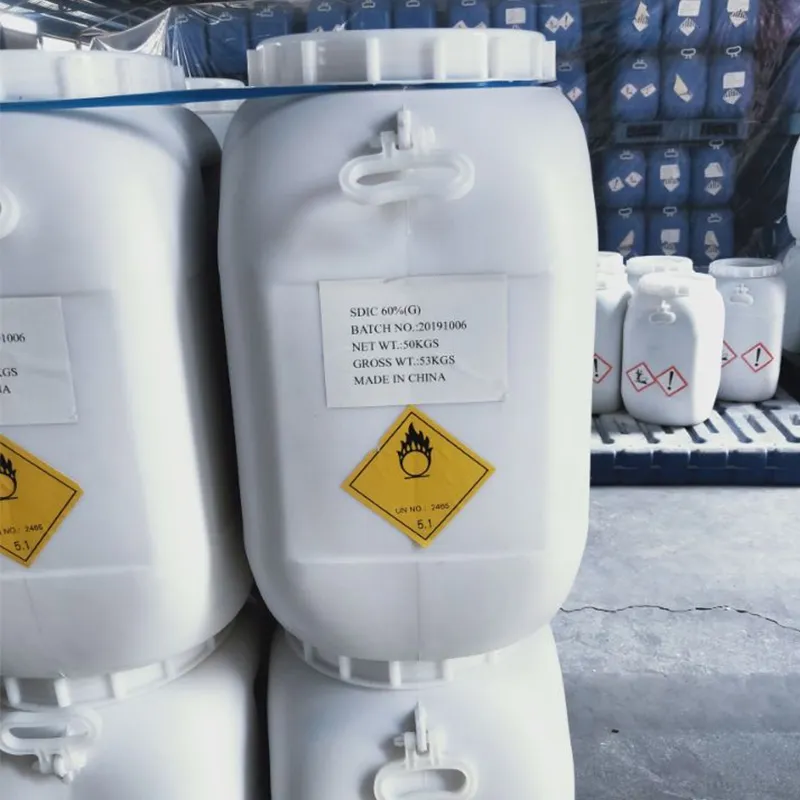
e575 food additive
The Role of E575 in Food Additives Understanding Its Use and Implications
E575, also known as glucono delta-lactone (GDL), is a food additive that serves multiple functions in the food industry. It is a naturally occurring compound derived from gluconic acid, which can be found in honey, fruit, and various vegetables. GDL is recognized for its unique properties and versatility, making it a popular choice among food manufacturers. This article delves into the applications, safety, and implications of using E575 in food products.
Applications of E575
E575 is predominantly used as a stabilizer, thickening agent, and acidity regulator. One of its primary applications is in the production of tofu. In this context, GDL acts as a coagulant, helping to transform soy milk into solid tofu by promoting the required protein curdling process. The addition of E575 not only aids in the coagulation but also enhances the texture and flavor of the final product.
Moreover, GDL is often used in the making of various fermented foods, including pickles and dairy products. It serves as a mild acidifying agent that helps lower the pH of these foods, creating an environment suitable for beneficial bacteria to thrive while inhibiting the growth of spoilage organisms. This property makes E575 an essential ingredient in ensuring that food products remain safe and have a longer shelf life.
Another noteworthy application of E575 is in baking. It can be used to enhance the leavening process by reacting with baking soda to produce carbon dioxide, which helps baked goods rise and achieve a desirable texture. Additionally, GDL is sometimes employed in the production of certain sweets and desserts to improve mouthfeel and consistency.
e575 food additive

Safety and Regulatory Status
E575 is generally recognized as safe (GRAS) by the Food and Drug Administration (FDA) in the United States and has been approved for use by various international food safety authorities. Research has indicated that GDL does not pose significant health risks when consumed in typical amounts found in food products. However, as with any additive, excessive consumption could potentially lead to adverse effects. Therefore, regulatory bodies have established acceptable daily intake levels to ensure consumer safety.
Implications for Consumers and Food Industry
The use of E575 presents both opportunities and challenges for consumers and food manufacturers alike. For producers, GDL offers a way to enhance food quality, improve textures, and extend shelf life—all critical aspects in a competitive food market. As consumer demand for natural and minimally processed foods continues to rise, the use of E575, which is derived from natural sources, aligns with this trend.
However, consumers are becoming increasingly aware of food additives and their potential implications for health. As a result, transparency in labeling is crucial. Many people prefer to know what ingredients are in their food, prompting some manufacturers to avoid additives altogether in favor of more natural alternatives. This shift creates a dialogue about the role of additives in food production and their necessity in achieving the desired sensory attributes and safety standards.
In conclusion, E575 (glucono delta-lactone) is a multifaceted food additive that plays a significant role in the food industry. Its diverse applications, safety profile, and ability to enhance food products contribute to its ongoing popularity among manufacturers. As consumers become more knowledgeable about food additives, the responsibility lies with food producers to ensure that their products meet both safety standards and consumer preferences, maintaining a balance between innovation and transparency.
-
Pure Sodium Dichloroisocyanurate Dihydrate | Powerful DisinfectantNewsAug.29,2025
-
Industrial Chemicals: Quality & Purity for Every IndustryNewsAug.28,2025
-
Nitrile Rubber Honoring Strict Production StandardsNewsAug.22,2025
-
Aspartame Ingredients Honoring Food Safety ValuesNewsAug.22,2025
-
Fertilizer for Balanced Plant NutritionNewsAug.22,2025
-
Cyanide Gold Processing with High Purity AdditivesNewsAug.22,2025
-
Formic Acid in Textile Dyeing ApplicationsNewsAug.22,2025
Hebei Tenger Chemical Technology Co., Ltd. focuses on the chemical industry and is committed to the export service of chemical raw materials.
-

view more DiethanolisopropanolamineIn the ever-growing field of chemical solutions, diethanolisopropanolamine (DEIPA) stands out as a versatile and important compound. Due to its unique chemical structure and properties, DEIPA is of interest to various industries including construction, personal care, and agriculture. -

view more TriisopropanolamineTriisopropanolamine (TIPA) alkanol amine substance, is a kind of alcohol amine compound with amino and alcohol hydroxyl, and because of its molecules contains both amino and hydroxyl. -

view more Tetramethyl Thiuram DisulfideTetramethyl thiuram disulfide, also known as TMTD, is a white to light-yellow powder with a distinct sulfur-like odor. It is soluble in organic solvents such as benzene, acetone, and ethyl acetate, making it highly versatile for use in different formulations. TMTD is known for its excellent vulcanization acceleration properties, which makes it a key ingredient in the production of rubber products. Additionally, it acts as an effective fungicide and bactericide, making it valuable in agricultural applications. Its high purity and stability ensure consistent performance, making it a preferred choice for manufacturers across various industries.





